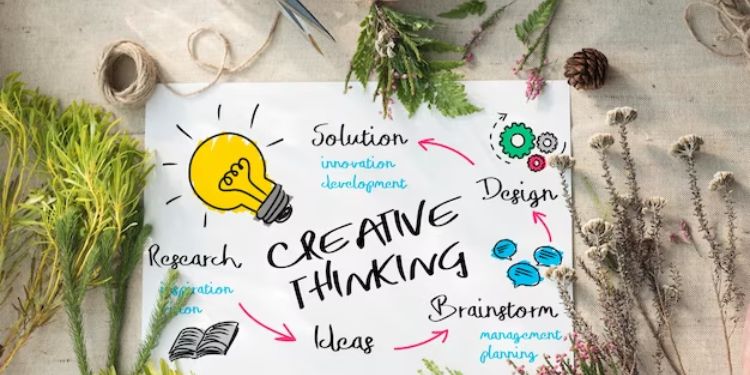Bringing Your Creativity to Life to Change Everyday

Creativity is more than just artistic expression; it’s the ability to think outside the box, generate novel ideas, and solve problems in unique ways. It encompasses a wide range of activities and is a fundamental aspect of human nature.
Importance of Creativity in Daily Life
Creativity isn’t reserved for artists or innovators; it plays a crucial role in shaping our daily experiences. From problem-solving to personal development, understanding and embracing creativity can lead to a more fulfilling and dynamic life.
Nurturing Creativity in Daily Routine

Creating a Conducive Environment
Your surroundings significantly impact your creativity. Design a space that inspires and motivates you to explore your creative side, whether it’s a dedicated workspace or a cozy corner.
Incorporating Mindfulness Practices
Mindfulness can enhance your creative thinking by promoting focus and awareness. Simple practices like meditation and deep breathing can create mental clarity and open the door to creative insights.
Encouraging Curiosity and Exploration
A curious mind is a creative mind. Foster curiosity by exploring new interests, asking questions, and being open to new experiences. The more you explore, the richer your creative reservoir becomes.
Embracing Change and Innovation

The Role of Adaptability
Creativity thrives in environments that embrace change. Cultivate adaptability, and view challenges as opportunities for innovation. Embracing change opens doors to new ideas and possibilities.
Learning from Failures
Failure is an integral part of the creative process. Instead of fearing it, see failure as a valuable learning experience. Analyze what went wrong, adjust your approach, and use failure as a stepping stone to success.
Embracing New Perspectives
Creativity often involves seeing things from a different perspective. Actively seek out diverse viewpoints and engage with people from varied backgrounds. This broadens your understanding and fuels creative thinking.
Turning Ideas into Reality

Setting Realistic Goals
Transforming creative ideas into reality requires a strategic approach. Set realistic and achievable goals to guide your creative process, ensuring a sense of direction and purpose.
Developing a Creative Workflow
Establish a creative workflow that suits your style. Whether it involves brainstorming sessions, collaborative work, or solitary reflection, find a process that enhances your ability to turn ideas into tangible outcomes.
Utilizing Available Resources
Creativity doesn’t always require extravagant resources. Learn to make the most of what you have, whether it’s time, materials, or technology. Resourcefulness enhances creativity and fosters innovation.
Creativity in Problem Solving

Approaching Challenges with a Creative Mindset
Creative problem-solving involves approaching challenges with an open and innovative mindset. Break problems down into smaller parts, explore unconventional solutions, and think outside the conventional boundaries.
Using Lateral Thinking Techniques
Lateral thinking is a powerful tool in the creative problem-solving arsenal. Break away from linear thought patterns and explore lateral thinking techniques to generate unconventional and effective solutions.
Collaborative Problem-Solving
Creativity flourishes in collaborative environments. Seek diverse perspectives by collaborating with others. Collective brainstorming often leads to innovative solutions that a single mind might not conceive.
Breaking Conventional Barriers

Challenging Societal Norms
Creativity often involves challenging the status quo. Question societal norms and embrace the freedom to think differently. Break away from conventional thinking to pave the way for creative breakthroughs.
Thinking Beyond Limitations
Limitations can stifle creativity, but creative minds see them as opportunities. Think beyond perceived limitations,



